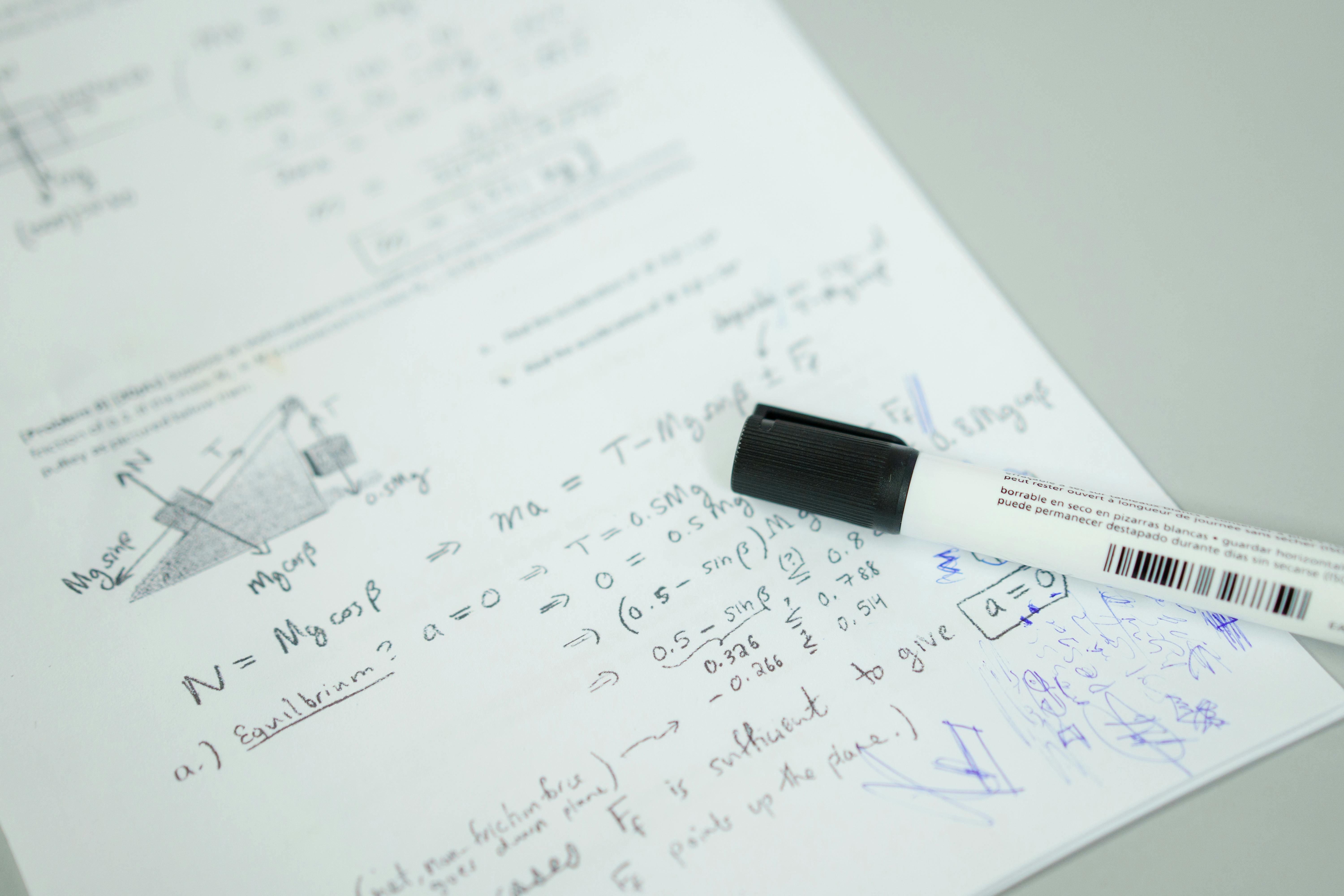- Blog
- Exam preparation
- How to Create Engaging GCSE Maths Lesso...
Crafting GCSE Maths Lesson Plans That Impress Students and Parents
One of the most important responsibilities of a GCSE maths tutor is creating effective lesson plans. A well-organised GCSE maths lesson plan can help students perform better in exams and impress their parents. In this guide, we will explore practical tips, useful tools, and an example lesson plan to help you stand out.
Understanding GCSE Maths Requirements
Before designing your lessons, it is essential to understand the GCSE maths curriculum. Familiarise yourself with:
- Core topics like algebra, geometry, and statistics.
- Key skills such as problem-solving, critical thinking, and data interpretation.
- Assessment objectives, including how marks are distributed across different question types.
Preparing your GCSE maths lesson plans to meet these requirements ensures that students are well-prepared for their exams. Help each student with their specific challenges to show why you're a great GCSE maths tutor.
Tips for Crafting Effective Lesson Plans
1. Take advantage of the free online resources.
- Websites like BBC Bitesize and Khan Academy offer topic-specific lessons, quizzes, and videos.
- Use free tools to create and download maths worksheets, practice questions, and revision cards tailored to the GCSE syllabus.
2. It is important to incorporate visual aids.
- Use tools like Desmos for graphing activities or GeoGebra for geometry visualisation.
- Create flowcharts or diagrams to simplify complex topics.
3. You should set clear objectives for the success of your students.
Define what the student should achieve by the end of each lesson. For instance, "By the end of this lesson, the student will understand the Pythagorean theorem and apply it to solve problems."
4. Make sure that you’re breaking down topics:
Divide lessons into manageable sections. For example, when teaching fractions, dedicate one session to adding and subtracting fractions and another to multiplying and dividing them.
5. Gamifying can make learning engaging fun.
Introduce competitive activities like timed quizzes or maths puzzles. Use platforms such as Quizizz or Kahoot for interactive sessions.

Example GCSE Maths Lesson Plan: Understanding Fractions
1. Start by setting your objective. For example:
By the end of the lesson, the student will confidently add and subtract fractions with different denominators.
2. Warm-Up for 5 minutes:
- Review the basics of fractions, including numerator and denominator.
- Solve simple examples like 1/2 + 1/2 to refresh prior knowledge.
3. Core Lesson should be around 15 minutes:
Explain the concept of finding a common denominator with a real-world analogy (e.g., sharing pizza slices of different sizes).
Show a step-by-step method:
- Find the least common denominator.
- Adjust fractions to have the same denominator.
- Perform the addition or subtraction.
Work through examples together, such as:
- 1/3 + 1/4 = 4/12 + 3/12 = 7/12.
- 5/6 – 1/2 = 10/12 – 6/12 = 4/12 = 1/3.
4. Spend time for guided practice (around 10-15 minutes):
Provide problems for the student to solve with support:
- 2/5 + 3/10
- 7/8 – 1/4
5. Let the student practise independently about 10 minutes:
Assign three problems for the student to solve independently:
- 3/7 + 2/3
- 9/10 – 3/5
- 4/9 + 1/6
6. Provide Feedback and Conclude (5-10 minutes):
- Discuss solutions and highlight any errors or areas of difficulty.
- Summarise key strategies for adding and subtracting fractions.
Leveraging Technology in Private Lessons for Effective Maths Tutoring
Maximising your effectiveness as a GCSE maths tutor is easier than ever with the right technology. By incorporating the following tools into your lessons, you can enhance the learning experience and keep your students engaged:
- Use Mathway for quick solutions and step-by-step explanations.
- Platforms like Wolfram Alpha can help with complex calculations and visualisations.
- Share progress with students and parents using tools like Google Docs for tracking completed tasks and future goals.
How GCSE Maths Tutors Can Effectively Communicate with Parents
You should build a strong communication with parents to engage them in their child’s maths progress. Maintain transparency by sharing:
- Weekly lesson summaries.
- Areas of improvement and actionable suggestions for at-home practice.
- Resources like worksheets or video links for further reinforcement.
Engaging parents helps them appreciate the value of your work as a dedicated GCSE maths tutor.
A detailed and engaging GCSE maths lesson plan can transform a student’s learning experience. Use online tools, set clear objectives, and personalise your approach to meet individual needs. By doing so, you not only help students succeed but also build trust with parents, ensuring a rewarding journey for all involved.


